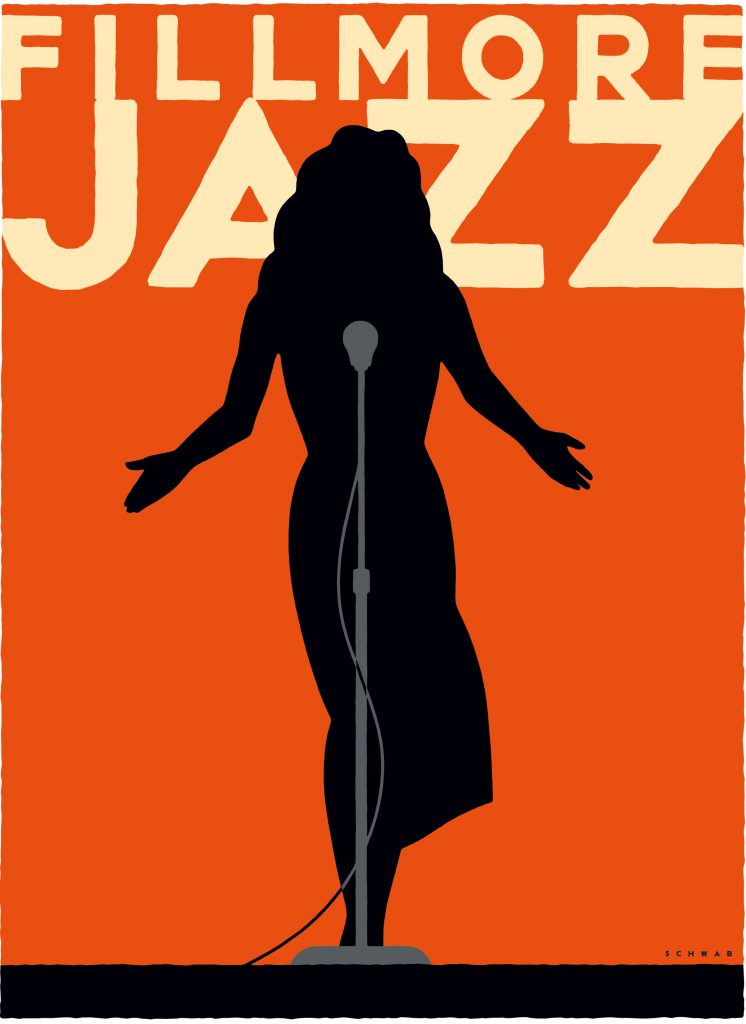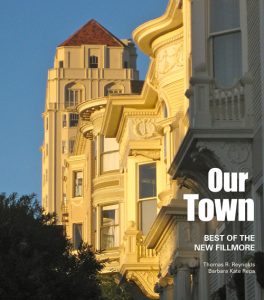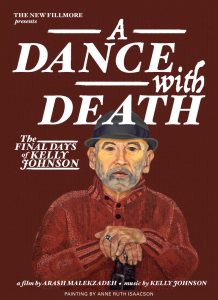
By Kim Nalley
When I started playing at the Alta Plaza in 1995, I had no idea what an event Tuesday nights would become.
I had played at the same location at Fillmore and Clay two years earlier on Sundays. Back then it was called the Fillmore Grill. Later I stopped in to visit the old club. I sat in with pianist Eric Shifrin for a tune and the response was so overwhelming the management hired me back to sing every Tuesday.
There was one catch: They didn’t have an entertainment license anymore, so I would have to sing acoustically. This would be daunting for most singers but I had a solid classical and theater background, good projection and was willing to give it a try.
Quickly I began to realize why Bessie Smith and Ma Rainey sang in the manner they did. They had no microphone. I had to adjust all the keys I sang in and keep a constant watch on my breathing technique. It became apparent that unless the room was quiet, I would blow out my vocal cords before the first set. This was not a background gig. But fortunately, without a mike cord and the hassles of feedback, I was free to walk around the room and I soon began to do so.
Suddenly the room had a whole different feel. We felt like we were in a speakeasy from Prohibition, the audience hushing each other to hear me sing a ballad; we felt like an old movie where Sam would come right up to your table and play it again; we felt like Broadway, guys lifting me up on the bar to sing Cabaret.
After many months of playing together, the band — John R. Burr on the piano, Terry Miller on the bass and I — became amazingly in tune with each other. I could even walk upstairs into the dining room and somehow we could stay in time almost telepathically. The staff was superb. Scott and Chuck behind the bar could tame the rudest customers with class and still be able to whip out multiple martinis when it got busy. And it got busy.
Soon ex-lovers would fight over who had the rights to go to the Alta Plaza on Tuesday nights. Old musicians from Fillmore Street’s heyday would stop in. Hadda Brooks, the Queen of Boogie Woogie, would tickle the keys and then walk around the room singing to the young boys, making them blush in their pants. Etta Jones stopped by when she was in town.
The management was the best at making musicians feel at home. Pretty soon all the musicians in town wanted to play that gig with me — the gig where everyone listened, where gay, straight, young, old and all races mixed freely with no tension, where the bartenders gave you top shelf martinis all night, where chef Amy made the best food for you and sat you down for an unhurried dinner break, where the staff refused to accept tips from the musicians and the patrons gave you $50 tips to play all the songs you loved to play: “My One and Only Love,” “Autumn Leaves,” “That’s All.” It was a classy yet unpretentious place. It was home.
It seemed as if that gig would go on forever. But unfortunately, due to illness, owner Peter Snyderman was forced to close. With only a week’s notice, Michael Tilson Thomas, the conductor of the San Francisco Symphony and a regular Tuesday night attendee, arranged to record the final evening at the Alta Plaza as a special present to me. I had tried to record at the Alta Plaza previously, but the mechanics of recording an acoustic act in which the singer walked around the room had proven impossible. Michael, however, accomplished what previously could not be done without intruding on the natural performance.
It was a wonderful night. The place was overflowing. People who couldn’t fit in were pressed with their noses against the double glass doors, making it impossible for anyone to get out. But no one wanted to leave. It was hard for me to sing that night. I wanted to cry, but if I cried my throat would swell up and I wouldn’t be able to sing. If you hear a catch or a break in my voice in this recording, it is simply a tear.
At the Alta Plaza I met more people who would become my closest friends and biggest supporters than anyplace I have ever been. The space has a very special energy. It used to be a place called The Scene in the sixties. And it featured jazz and blues then as well. It became the Alta Plaza for years, then briefly the Fillmore Grill, then the Alta Plaza again. I hope someone with vision will reopen the place again and we can have an Alta Plaza III.
But I know that sometimes events are just a combination of the right people and the right place and the right time. Those years at the Alta Plaza were all three.
EARLIER: “For Kim Nalley, it all started on Fillmore“
Filed under: Music




